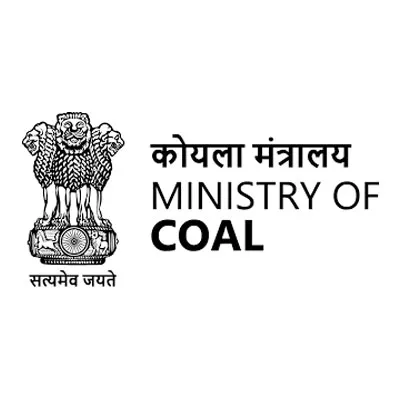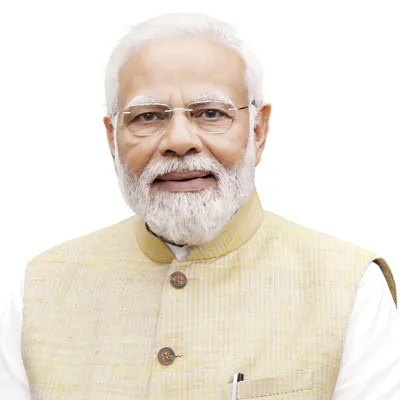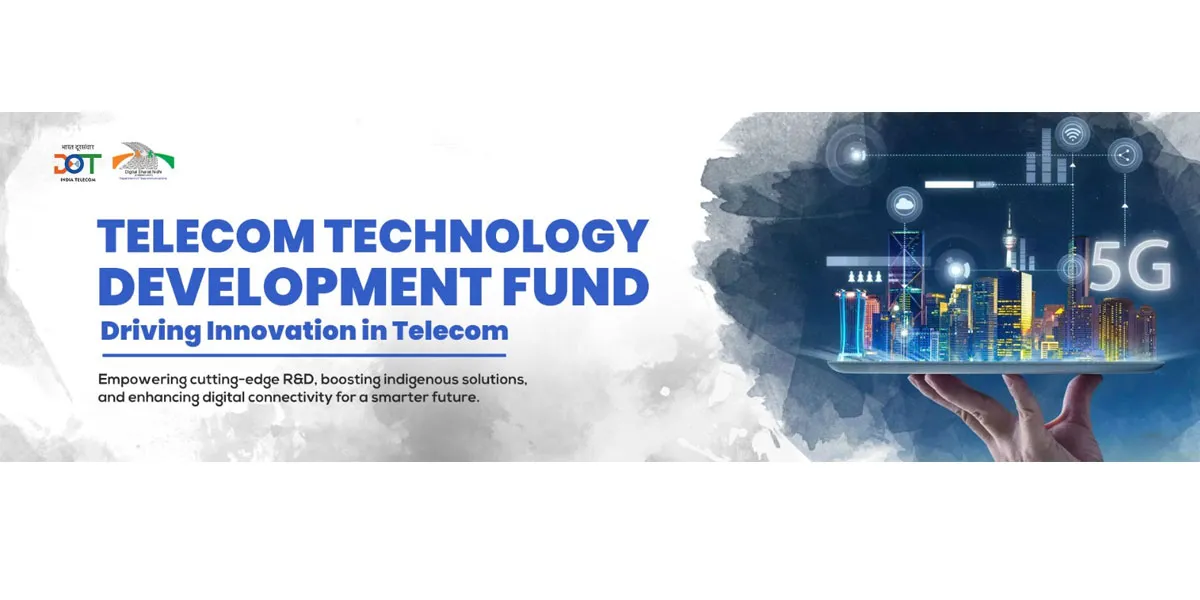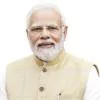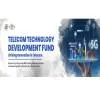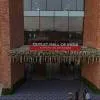Rampant urbanisation will lead to the formation of 500 new cities over the next 20 years to house the growing number of city dwellers. This has triggered the need for a smart city, a concept relatively new in India - it is about aware citizens who leverage the use of advanced technology to build sustainable cities to improve both productivity and lifestyle.
CW has been tracking the growing focus on smart cities and the immense opportunities it holds for developers, contractors and vendors alike. To this end, on February 26, 2014, a round table was held in Bengaluru with 11 industry experts who shared their experience and ideas in the development of smart cities.
While Pratap Vijay Padode, Editor-in-Chief, Construction World, convened the panel, Karuna Gopal, President, Foundation for Futuristic Cities, moderated the same. "While at this stage, smart cities are an opportunity, they are also an exciting cause that will bring in interesting technologies," said Gopal, flagging off the discussion. Excerpts:
Girish Vishwanath C, Country Manager-Smarter Planet Alliances, IBM
"What really defines a city and what makes it smart? There are multiple definitions. What really matters to citizens and the government is whether it is really bringing a greater degree of efficiency. As cities grow larger, they tend to get more complicated. Technology is one way to solve that, with open data formats, exchange of information and integration using existing infrastructure. Apart from the supply side within the government, stakeholders who can understand and absorb these concepts are a key element. Citizen engagement is also important; new-generation technologies like social and mobile networking can reach out to citizens and make them more involved. In the US, for instance, one community was pitted against another to see who was more eco-friendly and sustainable. They had digital signboards that showed how much consumption was there in this area versus the other. This involved citizens and made them strive much harder."
Dravida Seetharam, Executive Director, Smart Cities Council
"In Bengaluru, the IT secretary has done a lot of work in this area - Brigade Road and MG Road - which are WiFi areas. Once you have this, you can enable a smart device and actually do wondrous things. That is how it has evolved with time. It is more of a concept and vision and you will not find a single smart city like Lavassa. I come from the IT industry and I am familiar with the growth of SEZs and IT parks. When you walk into an IT park, you feel you are walking into Silicon Valley. Even in the Madhavpur area in Hyderabad, it is all demonstrable. If you can extend this to other areas, they will be called smarter regions rather than smart cities."
Jayesh Ranjan, IAS, Vice Chairman & Managing Director, APIIC
"Highlighting a few things about innovation and collaboration, I have been a part of the city government earlier. We see technology and smartness more from the supply side. We have to deliver something and we should deliver it smartly. So the entire emphasis is on supply and hardly any attention is paid to the receiving mechanism. If you do not put enough effort to create that receiving mechanism, it is like throwing whatever you are supplying into a bottomless pit. So how do we break that disconnect and how do we create that receiving mechanism? I am sure all cities to some degree grapple with these problems. A smart city cannot be universal; it has to be customised to a particular kind of country and city considering the kind of people that live there."
Ashok Swaminathan, Chief Manager-City Account Management, Siemens Bengaluru
"An experienced smart city has generally been pockets of technology. When Siemens, Schneider or IBM says smart, we are technology players and we see the challenges. These include the lack of a clear process and master plan. Bengaluru does not have one.
The next challenge is the legal framework. Today, the role of a mayor in India is a ceremonial one; we do not have a corporate structure. Can the Commissioner of BMC decide what needs to be done for the city? No. Somewhere we need a proper structure rather than multiple agencies working at cross purposes. The problem we are facing is building a greenfield city. Technology players and consultants will come in but how do we define and bridge the gaps? And who will do it? One definition that has come up in this discussion is, 'to make the city competitive'. In this, the biggest challenge is to bring together competitiveness, sustainability and liveability."
Dr R Srinivas, Executive Director, Centre for Sustainable Development
"Smart governance is an important issue but before that the government should start smart thinking. This is sometimes lacking and there is inertia. When we talk of smart cities, the biggest customer you are addressing is the government. So how do you sensitise the government in getting to adopt this concept? There are individual townships who can implement smart technologies by themselves and I am sure they have done it. But from a city perspective, it is difficult because the city has a number of municipal services. To ensure a more efficient delivery mechanism, the biggest challenge is to get these services to accept, adopt and implement smart technologies. If you look at Tier-2 cities and smaller towns that are potential growth hubs, there is a need to address it differently according to their needs. So you cannot have a common framework for all cities; it has to be tailor-made."
Karuna Gopal, President, Foundation for Futuristic Cities
"What we have seen earlier in strategic communication is that some of us are logic-driven; we like to see facts and figures; unless you show me the numbers, I will not buy. For instance, speaking of a metro, in what way will it help my city or me? How will it reduce congestion? This is being number-driven. Some people, though, can be driven by the heart. Strategic communication emphasises how you can reach consumers or commuters emotionally in this case. Because we fail to do that, a certain technology and infrastructure is not fully used because nobody really understands them. In India, we do not even calculate what is called the 'cost of inaction'. Suppose you do not do something, what is the price you are paying? If we do not study this, how will people buy into anything? Those of us who are self-evangelists or advocates should be able to do this."
Ramesh Subramaniam, President, Sri City Foundation
"People tend to break the law easily. For our part, we are trying to be as compliant as a whole in everything, whether building plan or payment of property taxes. This calls for a new way of thinking, self-regulation and self-assessment. For building plan approvals in many places, you have about 18 parameters; it is impossible for a man to check all these things. Why do we not have self-regulation by directors? Further, one of the biggest problems in all cities is cleanliness; the common citizen would say that he is more important than a smart city. But smart cities is a combination of multiple factors -waste management, electricity and the rationalisation of the whole system making it energy-efficient. We need people to understand this. Another important thing is to involve citizens; if we can do that, miracles can happen and the pace of development would be very fast."
Anil Kadam, Senior Marketing Manager, Schneider Electric "The culture in India or buying pattern of government agencies is that they have a specification done. So the standards are most often copies of documents coming from other similar organisations or maybe international practices. Very little time is spent to find out the next need of the system they are talking about. The smart city is a big concept with multiple aspects and a framework has to be developed to carry out a detailed analysis of it. First, you need to map every stakeholder of every sub-function of a smart city and do a detailed analysis of their expectations and convert those needs into requirements. Needs and requirements are context-driven and change at different times of the day and with different parameters. If you translate these into functions and then to construction, the specifications that emerge will be robust and lead to best practices."
Anand Kumar A, Manager-Environment, Brigade Enterprises
"When we started building Devanahalli township in Bengaluru, we were the first builders to enter the area and we were all aware there was no water there. Bangalore Airport received a line of water from BWSSB; apart from that, there was no water at all. So we planned to build ponds and lakes within the campus at the construction stage itself. It is a 130 acre project that will have at least 20,000 occupants in the next five years. We are starting to develop a reserve of underground water and are recharging it; we have witnessed the water table rise at least a metre in our locality. These are a few things that will help in the long term. Conservation is the basis of our integrated townships, which include homes, commercial offices, malls, hospitals and schools. This can be achieved through a number of smarter townships rather than a smarter city."
In conclusion
Designing a smart city is no cakewalk. Speaking of one inherent challenge, Subramanium said, "The issue of migration to a smart city must be urgently addressed as there are misconceptions. It may take five to six years but we can definitely get there." With this, most members of the panel agreed that smart governance is the ultimate key to smart cities. Also, while Gopal laid emphasis on the need to understand the cost of inaction, Srinivasan believed: "The government will not be sensitive to cost of inaction unless a revolt takes place. It requires social agenda and not a commercial agenda."
Gopal concluded the panel with some findings from The World Economic Forum, which acknowledged India's positive performance and stated that the country can perform more efficiently if technology absorption is high. Everyone agreed that different parameters and components must be considered before building a city - technology absorption, a city-centric framework and functionality - coupled with a vision and a strategic plan.
Indeed, the round table was the perfect prelude to the upcoming two-day conference on SM@RT CITIES to be held on August 23-24, 2014, organised by CW in Mumbai.
To participate in the future conferences on Smart Cities, write in at Vrushali@ASAPPmedia.com
